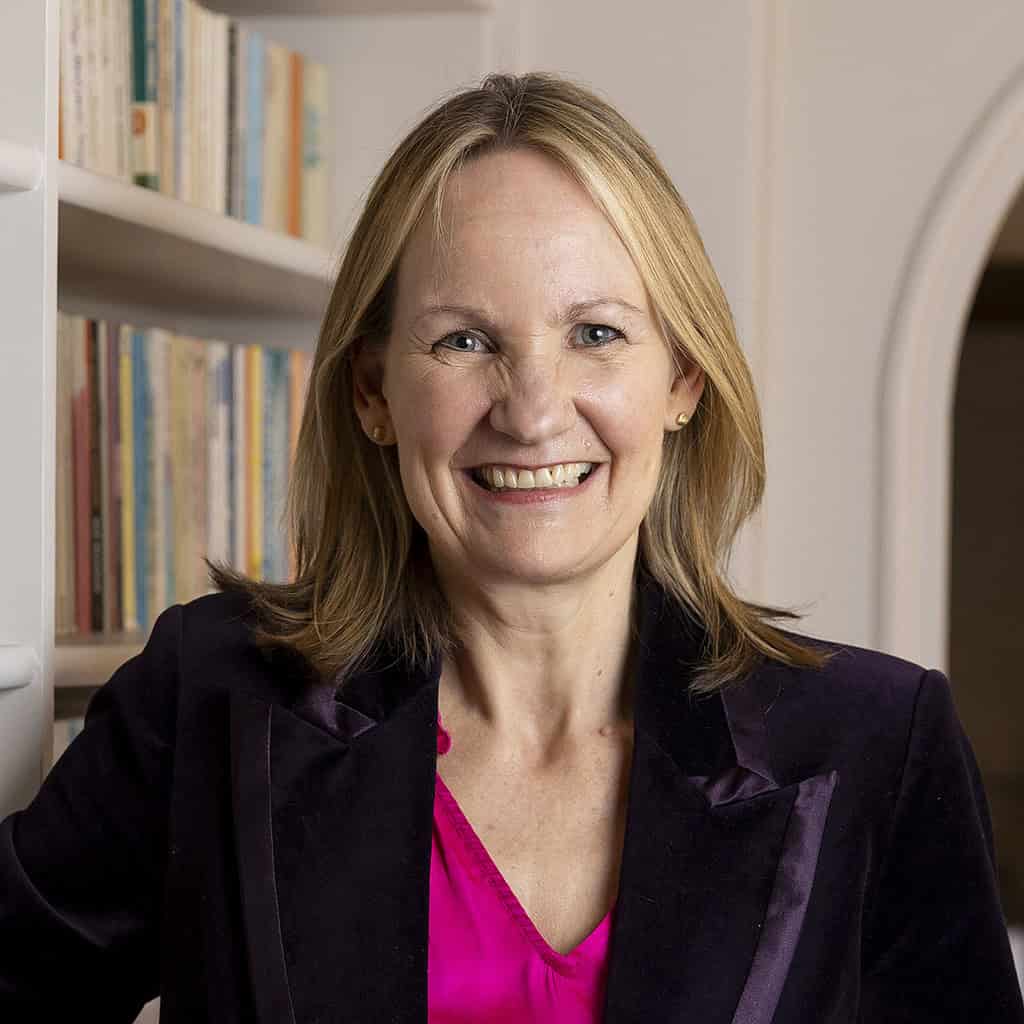Use of freelancers of all types, even temporary CFOs, has mushroomed in the last five years. Here’s why more employers around the world are moving away from the full-time staff model.
The surging numbers tell the story. A major hiring shift is transforming how businesses find and utilize talent and how that talent finds and establishes relationships with companies that need its skills. Outsourcing work to freelancers is by no means a new phenomenon, but as the figures indicate, in the past five years it has jumped to an entirely new level.
What once was incidental and supplemental is now routinely baked into companies’ operating model. An astonishing 72 million Americans, or about 45% of the workforce, reaped at least some of their earnings from independent contracting last year. Those classified as full-time freelancers, defined as putting in more than 15 hours per week, reached 26 million. Freelancers overall and full-time freelancers were up by a staggering 89% and 91% respectively, compared to 2020, according to the 2023 State of Independence in America report by MBO Partners, a US-based direct sourcing platform.
While best documented in the US, the trend appears to be global. Registered freelancers in Saudi Arabia, for example, jumped in number by 157% from 2020 to August 2023 and now account for nearly 19% of the kingdom’s labor force, according to press reports. The reported market for digital freelancing in the Middle East stands at $4 billion. In the Middle East and North Africa, 86% of employers planned to hire freelancers in 2023, and about 89% of respondents hoped to do more freelance work, according to a poll last year by Middle Eastern recruiter Bayt.
“There is a shortage of skilled workers,” notes Steve King, partner at Emergent Research, a California-based small-business focused consultancy. “Companies would like to hire them, but they can’t.”
For executives, the new reality might best be captured in the title of a paper recently published in the Harvard Business Review: “Highly Skilled Professionals Want Your Work But Not Your Job.” The paper describes how managers are grappling to establish and oversee blended workforces at employers such as Microsoft, M&C Saatchi, Mars, and others.
As with any revolution, this shift in the nature of work exposes a few rough edges.
“Many companies do not know how to work with freelancers,” says Jon Younger, co-author of “Agile Talent: How to Source and Manage Outside Experts,” who embraces the sobriquet “godfather of the freelance revolution,” given to him by more-youthful peers. “They try to treat them like employees, and they are not employees.” Efforts to herd them in often lead to friction. Younger is one of a handful of consultants who help both companies and hiring platforms smooth things over.
From Fractional Professionals To Independent Contractors
Freelancing covers an astounding range of occupations and ranks. King suggests an umbrella term such as “independent” or “nontraditional” workers. “Under the hood, there are segments based on what they do,” he notes.
A “fractional” professional will work for one or more clients, with fixed duties over an agreed-upon period of time or on a project basis. That period can be either defined or open-ended. Fractionals get paid regularly, often as a monthly retainer, or per project. The highest-profile fractionals would be C-suite-level executives, ranging from part-time, long-term CFOs to M&A specialists who pop in to help close specific deals. The category also includes anyone who receives a retainer, from a foreign correspondent to a training specialist.
“Independent contractor” generally refers to skilled individuals who work project-to-project. They may have portfolios of regular clients. They may also accept one-off assignments. Often, they combine both. They are sometimes referred to as “solopreneurs” when they run their own business singlehandedly.
Gig workers tend to get their work from online platforms, either fully automated—such as Uber—or human-curated ones, whereby platform representatives link up suppliers with clients. The European Training Foundation (ETF), a European Union agency, notes that platform workers are generally divided between the location-independent, such as software developers and graphic artists; and those limited by geography, such as ride-hailing and delivery drivers.
Location-dependent gig workers without high-end skills tend to be the lowest earners of the freelancing family, although studies often show that many of them appreciate the independence and flexibility offered by this kind of work.
A commercial infrastructure for hooking companies up with freelancers—whatever their place on the totem pole—has burgeoned in recent years. With the growth of platforms such as Fiverr, Upwork, and Toptal; and more-specialized resources such as The CFO Centre, Catalant, HashRoot in India, and Outvise in Spain, many high-end independent workers now rely on some form of matchmaking service to find and maintain client relationships.
The freelance trend has also nurtured such newfangled entities as the Rosely Group, a public relations firm that Jonathan Williams, managing director, calls a “remote-first agency” but that might best be described as a virtual company. While Rosely is properly registered in both the UK and the Netherlands, Williams says, “Everybody works remotely”: some in New York, some in New Zealand, and some in Bali.

doing well with a big corporation, but I
couldn’t have a career and be a mum.
Rosely operates as a full-service agency, but it also offers clients a smorgasbord of arrangements, says Williams. “If they say they want a different service, we can give them a different service” by bringing in someone with the right expertise for the job. Time zones and company culture offer challenges, but there is no overhead for expensive office space in New York or London.
The emergence of a platform industry has already engendered the world`s first platform association. Called R-evolution, it aims to promote freelancing and independent contracting in Spain, where the concept of freelancing isn’t “as mature” as in some other parts of the world, says Ana Kramarenko, marketing manager at Outvise.
Greater Inclusiveness
The new freelance workforce includes people who have often been marginalized, such as unpaid family caregivers and people with mobility problems. Many parents struggling to raise children would prefer flexible schedules. That’s how Sara Daw became an industry pioneer two decades ago.
“I was doing well with a big corporation, but I couldn’t have a career and be a mum,” says Daw, CEO of The CFO Centre Group and the Liberti Group, and author of “Strategy and Leadership as Service: How the Access Economy Meets the C-Suite.” Now she runs a firm that matches up part-time corner-office professionals with small and midsize businesses “that can’t afford the C-Suite price tag but absolutely need their skills.”
In Canada, an Indigenous activist established an online freelance platform designed primarily to serve indigenous peoples. “Everyone on our platform has a story,” Bobbie Racette, CEO and founder of The Virtual Gurus, said in April at the Running Remote conference in Lisbon, Portugal.
Wage discrepancies are often highlighted as a key element of the global North-South divide. By applying what he calls “geo-arbitrage,” Emergent Research’s King argues that workers in low-cost jurisdictions can live better while remaining competitive on cost.
“In India pre-Covid, even if heavily underpaid, everybody preferred job security,” says Arjun Narayanan, chief growth officer at HashRoot, an India-based platform for software developers and engineers. During the pandemic, techies secured higher wages through his and other firms. Now almost everyone wants to remain independent, he says. “Freelancing is going to be the new law. Not just in India, but around the world.”
Even before the Covid-19 pandemic, tech freelancers in the Western Balkans were making their marks on international online job platforms, reports the ETF. Of the region’s seven nations, five—all but Croatia and Kosovo—ranked among the global top 10 for the number of freelancers per 1,000 people in 2018.
From AI To The C-Suite

everybody works remotely: some in
New York, some in New Zealand, and
some in Bali.
The new breed of freelancers may yearn to be free, but these aren’t your huddled masses. They run the gamut of occupations, and many offer expertise in some of today’s hottest fields. The leading categories of independent workers include experts in artificial intelligence (AI), supply chains and logistics, data sciences, machine learning, and marketing—including digital marketing and content creation—along with C-suite-level executives.
Nearly three-quarters of European freelancers surveyed say they earn as much as, or more than, they once did on a full-time job, according to Malt, a Paris-based continental freelance management system and marketplace. Over three-quarters of US freelancers said they were “very satisfied” with independent work, according to MBO Partners’ report. Most independent workers in Europe seem content enough as well, reports Malt, 62% having no interest in changing to in-house roles and only 10% saying they are actively searching for full-time jobs.
These individuals, however, want the flexibility, independence, agency, and better work-life balance that freelancing promises in return.
“It goes deep into people’s values,” says John Lee, CEO of Work From Anywhere, a technology platform offering solutions to compliance issues for companies that use remote workers. “People may want to be closer to their kids or care for a sick parent. For any of a multitude of reasons, maybe the independent contractor or freelancer route might suit them better.”
In most parts of the world—even Japan, with its legendary salarymen—many workers have given up on the mid-20th century promise of corporate stability. In the 1980s, most American employees had defined-benefit pension plans; now, the figure for private industry is about 15%. The average time spent in a job in the US is about three-and-a-half years, according to King. If the advantages of traditional work amount to security, a regular paycheck, benefits, and less risk, today “there’s less security,” he suggests. “Covid-19 woke everyone up to insecurity. People start thinking about what they are doing with their lives.”
For many, that means becoming their own boss.
“In the age of Elon Musk, why not make your own pizza?” asks Younger.
Wanted: Free-Thinking Talent
Many old-school executives still claim to value loyalty, stability, company culture, and in-house intellectual property. But even they are being dragged along with the freelance revolution. They need that free-thinking talent.
Other executives see ways to use the trend to increase profitability. Whatever the case, they “are finally willing to admit that they can get great labor and not pay as much,” says Andrew Jernigan, CEO of Insured Nomads, an insurance company focused on remote workers.
That might seem counterintuitive, given that independent contractors often earn more by the hour than full-time employees. But freelancers do not receive health or pension benefits, or paid vacation time. The employer pays only for what it needs, not for dead time around the water cooler. Ultimately, companies want flexibility, agility, reduced fixed costs, and access to talent, King agues.
“Over the past hundred years, if a company was doing an M&A deal, they needed a very specific expert for a particular project of maybe 12 weeks; but they would typically have gone and hired a person for a full-time role,” Lee notes. “Which is insane, because I know the deal is typically a short-term project where you need very highly specific niche skills.” Now, companies are bringing in specialists for defined projects.
The New Bottom Line
Some tasks require stable employees, of course, and fortunately for executives many individuals prefer regular jobs. The number of full-time freelancers is growing, but most independent contractors are moonlighting while holding onto something more secure, Younger notes. Many workers will never take the plunge, in his view, for three reasons: fear of income volatility, fear of losing ancillary benefits like health insurance, and fear of loneliness outside a traditional workplace.
“You need to bifurcate the work from a human resources perspective into operational and strategic: who runs the ship as opposed to who changes the course,” says Tim Toterhi, who, as a fractional chief human resources officer, sees both full-time and freelance workers as having their place in the same organization. “You’re going to pay more if you want loyalty for implementation”; but if you want to shift course, bring in the outside experts.
“Companies need some of the people all of the time, and some of the people some of the time,” Younger concludes.
Or, as MBO Partners CEO Miles Everson, puts it, “People who think they need a full-time employee have not gotten the memo yet.”




